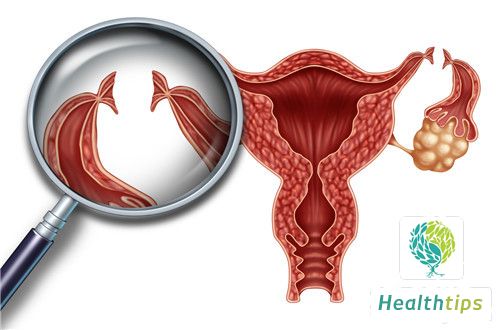What Are the Hazards of Having Roundworms in the Human Body?
Ascariasis and Its Impact on Human Health
Ascariasis is a parasitic disease caused by the parasite Ascaris lumbricoides, which resembles a nematode and parasitizes in the small intestine of humans. The prevalence of ascariasis is widespread, with children being the most commonly affected group. The clinical symptoms vary depending on the parasitic location and the degree of infection, which differs from person to person. Timely and targeted treatment is essential to prevent harm to the human body.

Harm of Ascaris lumbricoides to Human Health
Ascaris lumbricoides primarily affects the gastrointestinal tract, potentially causing colitis, intestinal spasms, and even intestinal obstruction due to ascariasis, which may require surgical intervention in severe cases. Another significant complication is biliary ascariasis, characterized by severe pain under the sternum. This condition often exhibits a disconnect between symptoms and physical signs, with severe symptoms but relatively unremarkable local physical findings. Diagnosis is typically confirmed through ultrasound, and treatment involves anti-parasitic medication.
What is Ascariasis?
Ascariasis is a parasitic disease caused by the nematode Ascaris lumbricoides parasitizing in the small intestine or other organs of the human body. It is widely prevalent, with a high incidence rate among children. The clinical manifestations vary depending on the location of parasitism or invasion and the degree of infection. When limited to the intestines, it is referred to as intestinal ascariasis, which is often asymptomatic but may manifest with varying degrees of gastrointestinal symptoms. If the parasite migrates to organs such as the bile duct, pancreas, appendix, liver, or even the lungs, eyes, brain, and spinal cord, it can cause corresponding ectopic lesions and lead to severe complications.
Epidemiology of Ascariasis
The main source of transmission of ascariasis is fecal matter containing fertilized eggs from infected individuals or carriers. Animals such as pigs, dogs, chickens, cats, and mice, as well as insects like flies, can also carry or excrete viable eggs after ingestion, thus serving as additional sources of infection. Transmission primarily occurs through ingestion of infectious ascaris eggs. Contamination of soil through agricultural activities and ingestion of raw vegetables or fruits contaminated with viable eggs can easily lead to infection. Inhalation of dust containing eggs can also result in infection. The disease is generally susceptible to all age groups, with children being particularly vulnerable due to their behaviors such as crawling on the ground and sucking their fingers. The prevalence of ascariasis is high in rural areas where untreated human feces are used as fertilizer, with infection rates reaching up to 50% in some populations. Ascariasis is one of the most common worm infections, prevalent in temperate, subtropical, and tropical regions worldwide. The incidence rate is particularly high in developing countries. According to the WHO expert committee on epidemiological classification, most rural areas in China belong to high (infection rate exceeding 60%) or moderate (infection rate 20%-60%) endemicity zones for ascariasis. Outbreaks are often sporadic but can also occur in clusters.



















